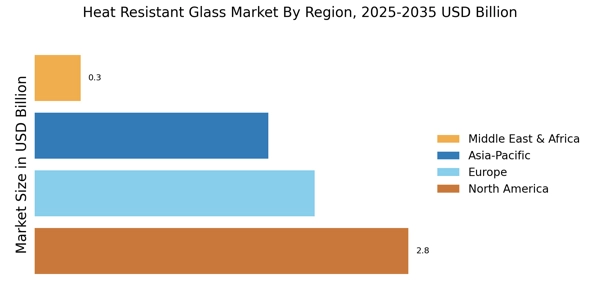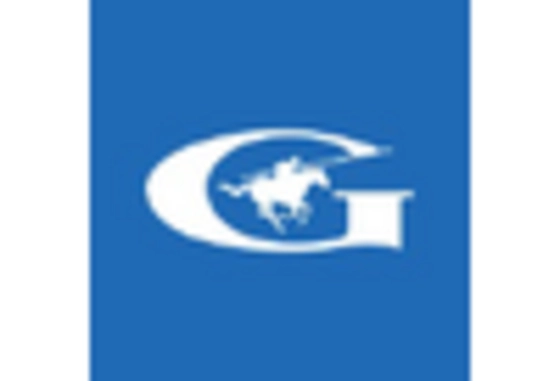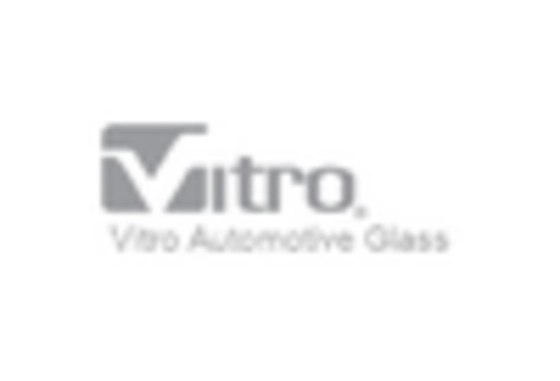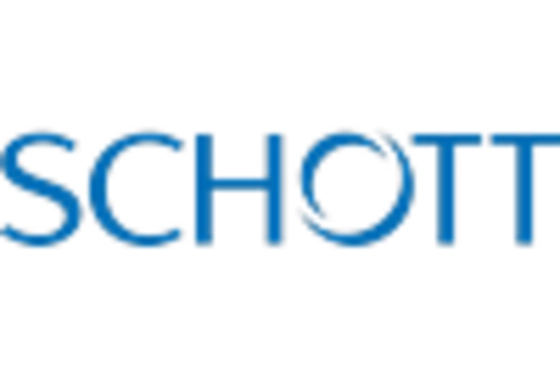Rising Demand in Automotive Sector
The automotive sector is witnessing a notable increase in the demand for heat resistant glass, primarily due to the growing emphasis on safety and performance. As vehicles become more advanced, the need for materials that can withstand high temperatures and provide durability is paramount. The heat resistant glass market is projected to grow as manufacturers incorporate this type of glass in windshields and windows, enhancing vehicle safety. In 2025, the automotive segment is expected to account for a significant share of the heat resistant glass market, driven by innovations in vehicle design and the increasing production of electric vehicles, which require specialized materials to manage heat effectively.
Surge in Architectural Applications
The architectural sector is experiencing a surge in the use of heat resistant glass, particularly in high-rise buildings and commercial spaces. This type of glass is favored for its ability to withstand extreme temperatures while providing aesthetic appeal and energy efficiency. The heat resistant glass market is expected to expand as architects and builders increasingly prioritize sustainable building materials. In 2025, the market is projected to grow significantly, driven by urbanization trends and the need for energy-efficient solutions in construction, which often necessitate the use of heat resistant glass in facades and windows.
Increased Focus on Safety Regulations
The heat resistant glass market is influenced by the increasing focus on safety regulations across various sectors. Governments and regulatory bodies are implementing stringent standards for materials used in construction, automotive, and consumer products. This trend is likely to drive the demand for heat resistant glass, as it meets safety requirements for fire resistance and thermal stability. In 2025, the market is expected to see growth as manufacturers adapt to these regulations, ensuring that their products comply with safety standards, thereby enhancing consumer confidence and market acceptance.
Expansion in Electronics and Appliances
The electronics and appliances sector is increasingly adopting heat resistant glass, which is essential for devices that operate at high temperatures. This trend is particularly evident in kitchen appliances, where heat resistant glass is utilized in oven doors and cooktops. The heat resistant glass market is likely to benefit from the rising consumer preference for durable and aesthetically pleasing products. In 2025, the market for heat resistant glass in this sector is anticipated to grow, driven by innovations in product design and the increasing demand for energy-efficient appliances that require materials capable of withstanding thermal stress.
Technological Innovations in Production
Technological innovations in the production of heat resistant glass are playing a crucial role in shaping the market landscape. Advances in manufacturing processes, such as improved tempering techniques and the development of new glass formulations, are enhancing the performance characteristics of heat resistant glass. The heat resistant glass market is likely to benefit from these innovations, which enable the production of thinner, lighter, and more durable glass products. In 2025, the market is expected to expand as manufacturers leverage these technologies to meet the evolving demands of various industries, including construction, automotive, and electronics.


















Leave a Comment